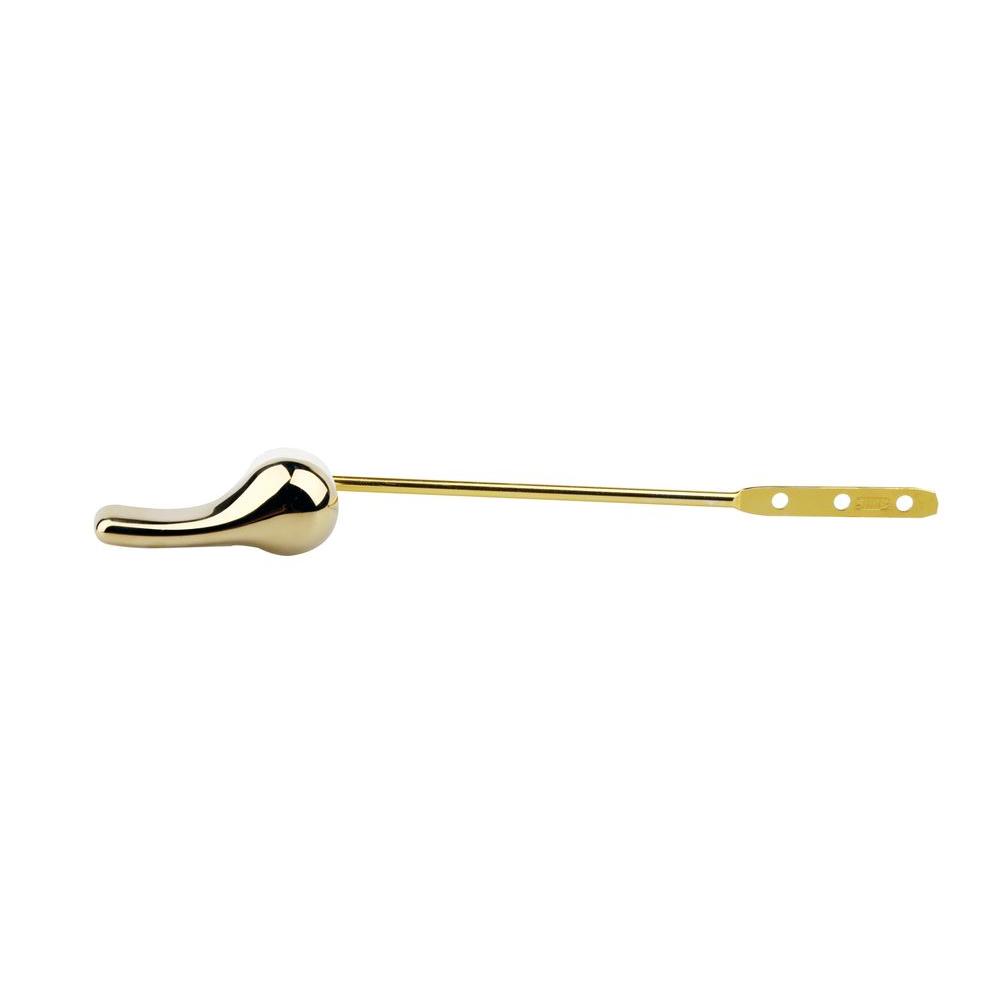Instructions On Installing Everbilt Tank Lever

Windows 7 ultimate gamer edition x64. Installing the Toilet Bowl and Tank 1 2b. INSTALLATION INSTRUCTIONS. Insert the lever through the hole in the tank. Good plumbing is a key element in a home and sufficient flushing will help keep toilets and bathrooms clean. An old toilet tank lever could be worn out from years of use and cause flushing problems. Replacing it with a universal tank lever will cut down on costs and provide a.
If your toilet is leaking, the first suspect generally is the flush valve. Now if you’re not sure what the problem is, you might want to watch our video “Diagnosing a Leaky Toilet” to figure out which component inside the tank is leaking. Otherwise, stick around and I’ll show you how to install a new flush valve on your toilet. The good news is that repairing a toilet is easy. It won’t cost you much or take up much of your time. As always, you’ll find all the parts and tools you need to finish this project, along with answers to your plumbing questions, right here at your local independent home improvement retailer.
The flush valve is in the middle of the toilet. When you push the lever, the flapper mechanism raises to let water out of the tank and into the bowl. Some leaks can be fixed by simply replacing the flapper. If that’s all you think you need to fix the leak, check out the FAQs section of our website for more information. Here, I’m going to show you how to replace the entire flush valve. That will include both the flapper as well as the seat that helps create the seal to keep water in the tank.
To install it, you’ll need to remove the toilet tank from the bowl. Don’t worry this is easier than it sounds. So let’s get started. First, take the lid off the tank. Then shut off the water to the toilet by turning the shutoff valve clockwise. Drain the water out of the tank by holding down the tank lever. Use a sponge or a towel to remove the water that doesn’t drain out.
Now, disconnect the water supply to the tank. You may need an adjustable wrench or a pair of channel locking pliers to loosen the connection. Disconnect the chain attached to the flapper.
Also disconnect the refill tube that’s attached to the top of the overflow pipe. Now, we’re ready for the most difficult part of the project: disconnecting the tank from the bowl. Underneath the tank, you’ll see bolts that go through the tank and bowl flange. Unscrew these, and be careful.
If they are difficult to remove, use penetrating oil to loosen them. If you try to force them, you could break the tank. To keep the bolt from moving while you loosen the nut, use a large screwdriver to hold the top of the bolt inside the tank. Once the bolts are removed, lift the tank away from the bowl and place it on a towel on the floor so you don’t scratch it.
Tanks can be heavy, so you may need help with this step. You’ll see there is a large rubber gasket between the tank and bowl. Remove this gasket and save it. Some kits come with a replacement gasket and some don’t. So keep it just in case. They can also be purchased separately. Unscrew the large lock nut holding the flush valve to the tank.